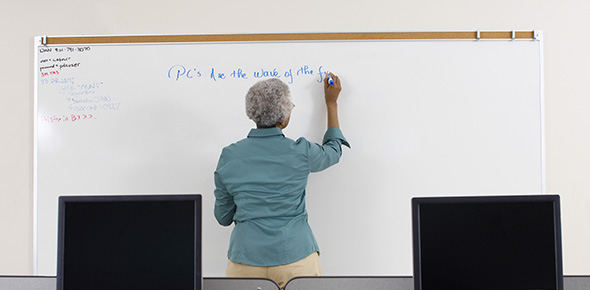Related Flashcards
Related Topics
Cards In This Set
| Front | Back |
|
Producer
|
An organism that can make its own food. (like plants, algae, and some bacteria)(example: tree)
|
|
Consumer
|
An organism (as a member of an ecosystem) that obtains energy by feeding on other organisms. |
|
What are the 3 classifications of "consumers?"
|
herbivores
carnivores omnivores |
|
Herbivore
|
Consumers that eat only plants
|
|
Carnivore
|
Consumers that eat only animals.
|
|
Omnivore
|
Consumers that eat both plants and animals.
|
|
Scavenger
|
A carnivore (eats only animals) that feeds on the bodies of dead organisms.
|
|
What are 2 examples of scavengers?
|
(examples are catfish and vultures)
|
|
Decomposer
|
These organisms break down wastes and dead oranisms and return the raw materials to the ecosystems. If we didn't have themn, the raw materials of life would stay locked up in wastes and the bodies of dead organisms.
|
|
Who are nature's recyclers?
|
Decomposers
|
|
What does evergy enter most ecosystems as?
|
Sunlight (and then it is converted into food molecules by producers.)
|
|
The movement of energy through an ecosystem can be shown in diagrams called ____ ______ and ____ ____.
|
Food chains and food webs
|
|
Food chain
|
A series of events in which one organism eats another and obtains energy.
|
|
How does. a food chain work?
|
You can follow a food chain in a diagram like the one on page 45. The 1st organism in a food chain is always a producer, like a tree. The 2nd organism feeds on the producer and is called a first-level consumer. The carpenter ant on An example of a second-level consumer is the woodpecker.
|
|
What is a food web?
|
A food chain only shows 1 path of energy moving through an ecosystem, but organisms eat different things, so a food web of many overlapping food chains in an ecosystem is more realistic.
|








